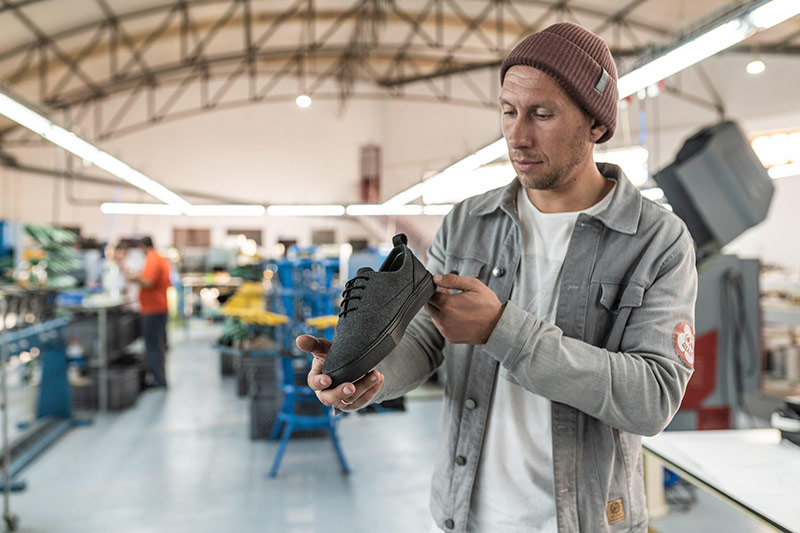 Vegan, fair & sustainable shopping in The United Kingdom 4.8
Vegan, fair & sustainable shopping in The United Kingdom 4.8 



 Check out reviews
Check out reviewsMica: not all that glitters is gold
 Jopie, Anna, João, Brenda & Polly
Jopie, Anna, João, Brenda & Polly

Mica: chances are you've seen this name in the ingredients list of your makeup. But do you know what mica actually is, and where it comes from? In this article, you can read everything about the shadowy origin of this glittery product and we give tips to get more clarity about it.
Mica is the collective name for a group of 37 shimmery minerals that are similar in composition and appearance. It is one of the most widely used raw materials in almost all types of cosmetics.
Mica and derivatives of mica can be found in bronzers and blushes, highlighters, eye shadow, nail polish, shampoo, soap, bath bombs, cream, concealers and foundations, and basically anything that has a dewy, shimmery colour. Mica is especially common in foundation, bronzers and concealers because it gives you a beautiful dewy look.
Because mica is a natural product, and safe for most skin types, it is very popular with natural cosmetics brands, for example as an alternative to plastic glitter. Sounds good right?
However, I advise you to grab your tissues before you read on: mica may be an ingredient that makes you shine like a diamond, but it's also one with a very shady origin.
In this article:
- What's wrong with mica?
1. Child labour in mica mines
2. Extracting mica is dangerous
3. Transparency issues in the production chain of mica - So... what should we do with mica?
What's wrong with mica?
1. Child labour in mica mines
Because mica is a raw material of mineral origin, it is extracted from mines. Mica miners are generally very poorly paid and often live in appalling conditions. Many mica mines are located in regions notorious for child labour.
About sixty per cent of the mica comes from India, but there is also child labour in mica mines in Africa, especially in Madagascar.
While the mica in your makeup may have been dug up by an adult, and there's even a slim chance they got a fair wage, we can't tell just by looking at the ingredient list. There is no certificate for ethical mica yet.
2. Extracting mica is dangerous
Mica mining is very dangerous work. Breathing dust from the mines is known to cause infections, disease and permanent damage to the lungs. But locals actually have an even bigger concern: the risk of collapse.
The death toll from the mine collapse is so high that some local authorities in India are even offering a lump sum of compensation to family members.
But don't think they are always fairly compensated - a lot of deaths are being covered up by the local authorities.
3. Transparency issues in the production chain of mica
After mica is extracted from the mines, it is exported to be milled - usually in China - and processed into the glittery substance you'll find in your cosmetics. And this is where it often goes wrong.
Most of India's mica mines are located in regions without supervision or regulation, and exports often involve lies about the origin or the mica is sold under false certificates from legal mines in other regions.
Because of this, it's impossible to find out where your mica actually comes from and whether it was dug up by a child.
After grinding and milling the mica, it is resold to ingredient suppliers, who then resell it to cosmetics manufacturers. It's then added to the cosmetics that you can buy in the store.
In the case of private laboratories, there is even an additional buyer - the cosmetics brand that purchases the end products. They then sell it directly to you or resell it to stores where you can buy it.
All of that moving around makes it even harder to trace the origins of the mica in your eye shadow or shampoo. The more steps in the production cycle, the less transparency. Because the issues start so early in the production chain, both brands and consumers usually have no idea where their mica comes from and it is often impossible to check.
So... what should we do with mica?
Many cosmetic brands choose to look away from these issues. A number of other cosmetic brands have decided to boycott mica altogether. But actually, those are both not ideal approaches.
Many of the regions where mica is produced are financially dependent on the mines. Large-scale boycotts may cause the living conditions in these regions to become much worse than they already are.
On the other hand, simply doing nothing is not an option either. As the cosmetics industry struggles with this issue, workers continue toiling in dangerous mines for a mere fraction of what this shimmery powder yields to the industry.
Rather than boycotting or doing nothing, cosmetic brands and suppliers should put pressure on the governments of the countries where their mica comes from, and urge the authorities to take action.
The only way to effectively fight child labour, corruption and poor wages is to use your influence as a company and speak out clearly against human rights violations.
There are also ways to do something about this as a consumer. Start by asking critical questions to your favourite brands about the mica in your cosmetics. Don't be put off with vague answers. Let businesses know that we as consumers demand more transparency and accountability - otherwise, we'll be spending our money elsewhere.
And that is the first step to change. In this way, a certificate for ethical mica is already one step closer!
Want to know more about where your cosmetics come from and how you can choose more sustainable and ethical cosmetics? Read our blog about the origin of various cosmetic ingredients, delve into our handy guide to animal ingredients, or check our article on animal testing in China!
Sources:
1. Mica Mining Exposes Child Labour in The Makeup Industry, Lexy Lebsack, Refinery29, 2019.
2. Child labour: mineral make-up boom raises fears over ethical extraction, Huw Nesbitt, The Guardian, 2014.
3. ‘Zone Rouge’: An army of children toils in African mines, Lisa Cavazuti, Christine Romo, Cynthia McFadden en Rich Schapiro, NBC News, 2019.
4. Beauty companies and the struggle to source child labour-free mica, Peter Bengtsen & Laura Paddison, the Guardian, 2016.
5. Lush to remove mica from all products over child labour fears, Hannah Fearn & Huw Nesbitt, The Guardian, 2014.
6. The hidden cost of beauty: no child for sale, Brett Tarver, WorldVision, 2018.
7. Here’s What’s *Really* Behind the Shimmer in Your Fave Makeup, Victoria Etta, Fashion Magazine, 2019.
.jpg)
 T-Shirts & Tops
T-Shirts & Tops  Shirts & blouses
Shirts & blouses  Dresses
Dresses  Skirts
Skirts  Pants
Pants  Jeans
Jeans  Knitted sweaters & cardigans
Knitted sweaters & cardigans  Hoodies & sweatshirts
Hoodies & sweatshirts 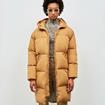 Coats & jackets
Coats & jackets  Suits & co-ord sets
Suits & co-ord sets  Lingerie & underwear
Lingerie & underwear  Legwear
Legwear  Lounge & nightwear
Lounge & nightwear  Sportswear
Sportswear  Jumpsuits & dungarees
Jumpsuits & dungarees 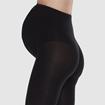 Maternity Clothing
Maternity Clothing 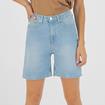 Shorts
Shorts .jpg) Swimwear
Swimwear 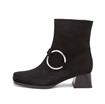
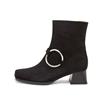 Boots
Boots  Sneakers
Sneakers 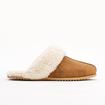 Slippers
Slippers  Heels
Heels 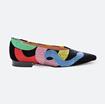 Loafers & flats
Loafers & flats  Hiking & sports shoes
Hiking & sports shoes 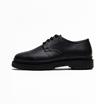 Lace-up shoes
Lace-up shoes 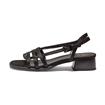 Sandals
Sandals  Shoe care & accessories
Shoe care & accessories 
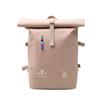 Backpacks
Backpacks 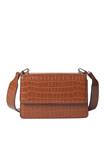 Crossbody bags
Crossbody bags 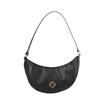 Handbags
Handbags  Shoulder bags
Shoulder bags 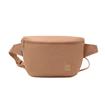 Bum & belt bags
Bum & belt bags 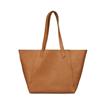 Shoppers & Totes
Shoppers & Totes  Laptop bags
Laptop bags 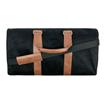 Travel bags & sports bags
Travel bags & sports bags  Clutches
Clutches  Toiletry Bags
Toiletry Bags 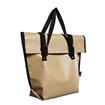 Cycle bags
Cycle bags 
.jpg) Hats
Hats  Scarves
Scarves  Gloves
Gloves 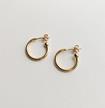 Jewelry
Jewelry 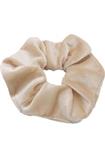 Hair accessories
Hair accessories 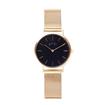 Watches
Watches 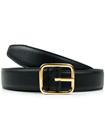 Belts
Belts 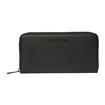 Wallets
Wallets  Sunglasses
Sunglasses 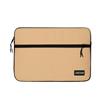 Laptop sleeves & phone cases
Laptop sleeves & phone cases  Key rings
Key rings 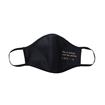 Face masks
Face masks 
 T-Shirts & Polo's
T-Shirts & Polo's  Shirts
Shirts 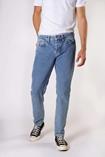 Jeans
Jeans 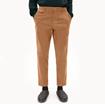 Pants
Pants  Coats & jackets
Coats & jackets  Knitted sweaters & cardigans
Knitted sweaters & cardigans  Hoodies & sweatshirts
Hoodies & sweatshirts  Underwear
Underwear  Socks
Socks  Sportswear
Sportswear  Shorts
Shorts  Swimwear
Swimwear  Lounge & nightwear
Lounge & nightwear  Sneakers
Sneakers 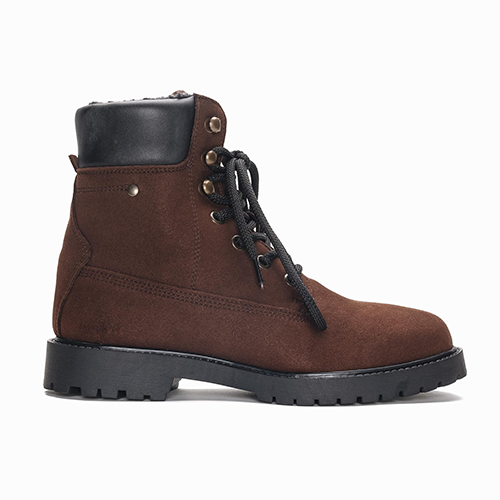 Boots
Boots  Dress shoes
Dress shoes  Hiking & Sports Shoes
Hiking & Sports Shoes  Slippers
Slippers  Loafers & mocassins
Loafers & mocassins 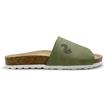 Flip flops & sandals
Flip flops & sandals 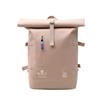
 Backpacks
Backpacks 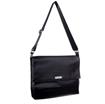 Shoulder bags
Shoulder bags  Cotton bags
Cotton bags 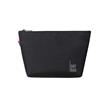 Toiletry bags
Toiletry bags 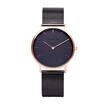
.jpg) Hats & beanies
Hats & beanies 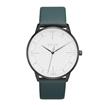 Watches
Watches  Belts
Belts 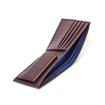 Wallets
Wallets  Ties & bow ties
Ties & bow ties  Sunglasses
Sunglasses  Key rings
Key rings 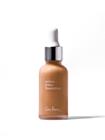
 Bronzer
Bronzer 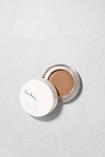 Concealer
Concealer  Powder
Powder  Blush
Blush  Highlighter
Highlighter 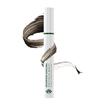
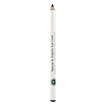 Eyeliner & eye pencil
Eyeliner & eye pencil 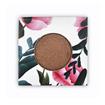 Eyeshadow
Eyeshadow 

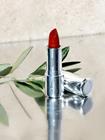 Lipstick
Lipstick 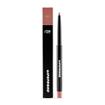 Lip liner
Lip liner 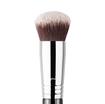

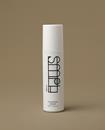 Face cleanser
Face cleanser 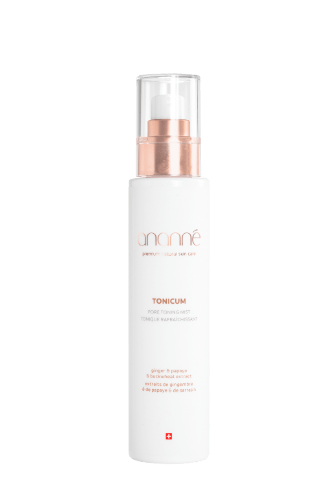 Toner
Toner 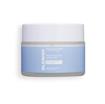 Exfoliants
Exfoliants  Serum
Serum 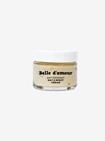 Moisturiser
Moisturiser 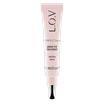 Eye cream
Eye cream 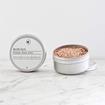 Face masks
Face masks 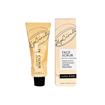 Face scrub
Face scrub  Lip balm
Lip balm 
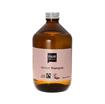 Shampoo
Shampoo  Conditioner
Conditioner 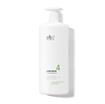 Hair care
Hair care 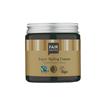 Hair styling
Hair styling 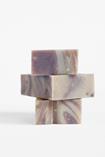
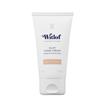 Hands & feet
Hands & feet 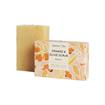 Shower
Shower  Body lotions, butters & oils
Body lotions, butters & oils 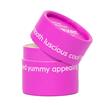 Deodorant
Deodorant  Oral care
Oral care 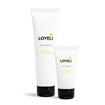


.jpg) Candles & fragrance sticks
Candles & fragrance sticks .jpg) Vases & planters
Vases & planters  Lighting
Lighting .jpg) Cushions
Cushions  Other home decor
Other home decor .jpg) Furniture
Furniture 
 Tableware
Tableware .jpg) Kitchen tools
Kitchen tools .jpg) Storage jars
Storage jars 
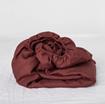 Bed sheets
Bed sheets  Duvet covers
Duvet covers  Throws & blankets
Throws & blankets 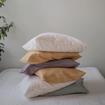 Pillow covers
Pillow covers 
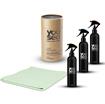 Cleaning
Cleaning 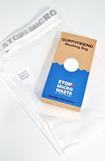 Laundry bags
Laundry bags .jpg)
.jpg)
.jpg) (Reusable) Notebooks
(Reusable) Notebooks 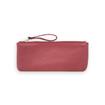 Pencil cases
Pencil cases .jpg)

 Clothing
Clothing 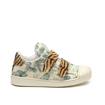 Shoes
Shoes  Bags
Bags 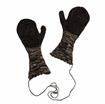 Accessories
Accessories 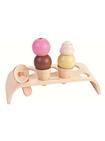 Toys
Toys 
 Clothing
Clothing  Accessories
Accessories  Toys
Toys 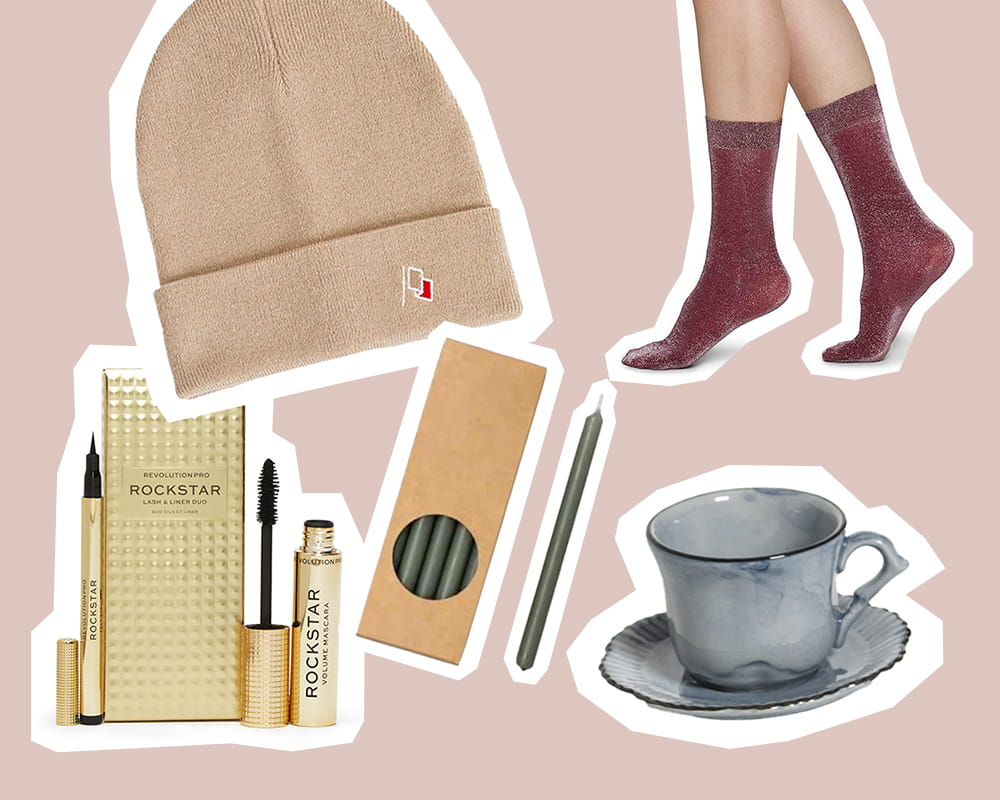
.jpg)
